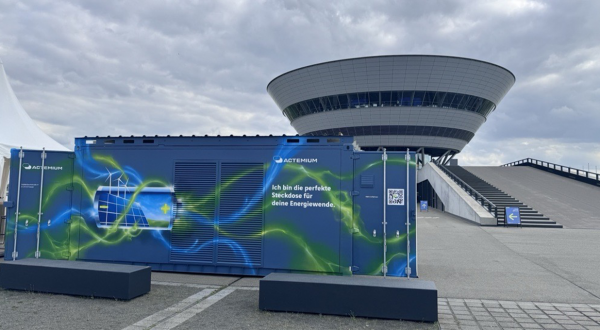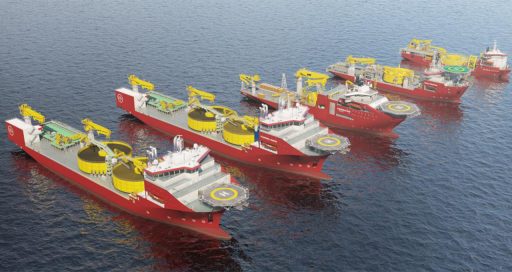By maximising performance in quality control and predictive maintenance, artificial intelligence is opening up promising new horizons for manufacturers and the businesses that support them.

Will ChatGPT, Deepseek, Gemini and Le Chat become indispensable assistants in the industrial manufacturing chains of tomorrow? According to McKinsey, production operations will be one of the four main fields in which generative AI will add value. Manufacturers appear to have caught on: according to Deloitte, 56% of them are using AI solutions to improve the efficiency and productivity of their manufacturing chains.
“Industrial businesses of every type are taking a keen interest in the reported benefits of these computing models,” says Antoine Béron, Brand Business Support & Development Director at Actemium. However, he points out, “In many respects, it’s still in the exploration stage. While some large organisations are in large-scale testing, many SMEs still have plenty of questions: How and where to begin? What is the return on investment (ROI)? Is my organisation ready?”
Building highly polished and profitable models
Supporting industrial businesses in the gradual rollout of generative AI applications is fast becoming a mandatory new string to their bow for integration and consulting firms. Within VINCI Energies, the creation in 2020 of DIANE (Digital et Intelligence Artificielle pour Nos Entreprises), an organisation dedicated to the co-development of solutions offering a competitive advantage, has stimulated innovation and broadened the horizon of what is possible.
“Unprecedented opportunities to enhance their industrial performance.”
DIANE’s mission is to help Group business units embrace AI, and to meet experts in each business activity to perform diagnostics, identify each application opportunity and co-build POCs (proofs of concept, or demonstrators) to be developed into highly polished and profitable models.
Today, use cases relating to observation and surveillance predominate in terms of applications that combine processes and industrial manufacturing flows: instrumentation, literature reviews, operator dashboards, quality control and predictive maintenance.
Identify the risk, predict the fault
Generative AI uses large language models (LLM) and natural language processing (NLP) to analyse astronomical quantities of data (figures, text and images) from varied sources: inspection logs, customer complaint histories, and the multitudes of sensors and cameras covering production lines.
This capacity for processing and learning enables it to form an idea of what constitutes a perfect product, and by induction, to detect the slightest production defect in real time. Even better, it can identify pockets of defect risk and target inspection sequences at these critical areas.
AI can detect the slightest risk of deviation from the norm, and can therefore predict and flag the fault before a failure occurs. The benefits are considerable: stoppages are prevented, maintenance schedules optimised, and equipment life maximised.
“Generative AI is a catalyst for diversification and an additional lever for boosting our business units’ competitiveness,” says Antoine Béron. “With this expertise, they are strongly placed to offer their customers a new value proposition, with unprecedented opportunities to enhance their industrial performance.”
06/16/2025





